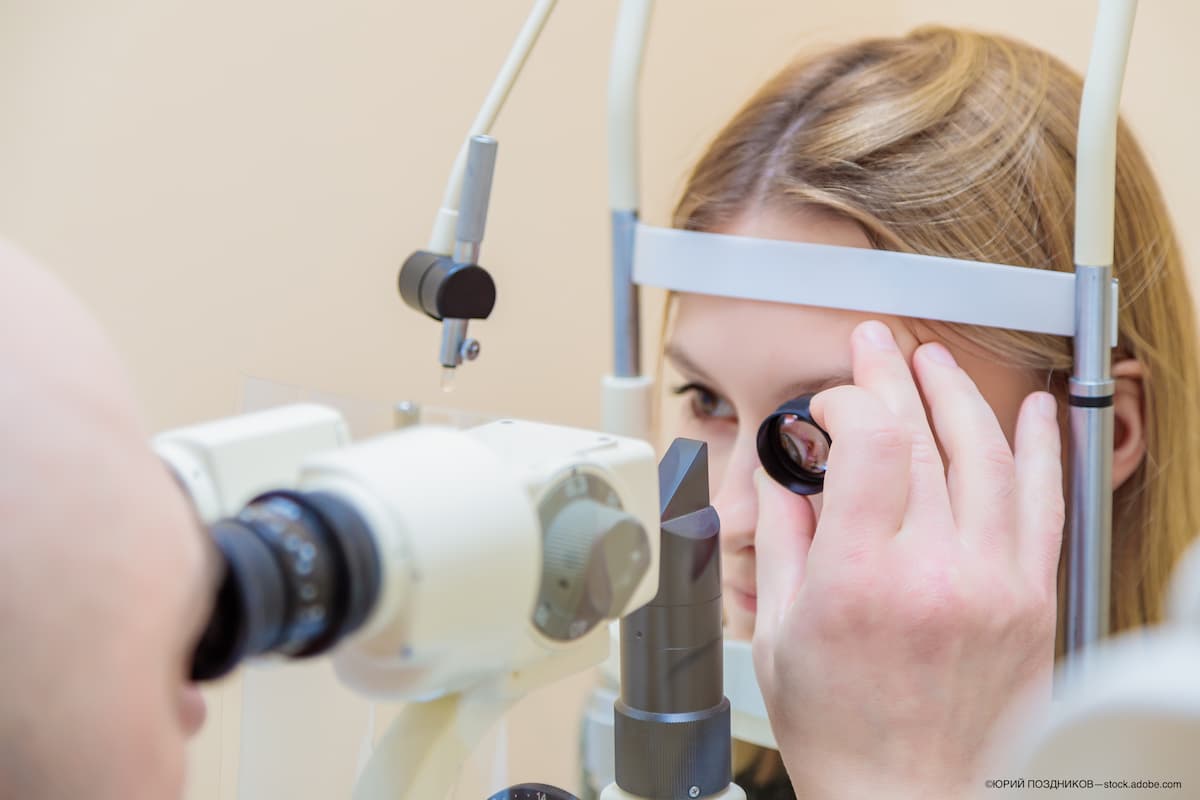Increased risk of primary angle-closure glaucoma linked with retinitis pigmentosa
The investigators explained that elevated angle-closure-related intraocular pressure may aggregate the visual impairment in patients with retinitis pigmentosa.

Taiwanese researchers reported that patients with retinitis pigmentosa (RP) have a significantly greater risk of developing primary angle-closure glaucoma (PACG) than those without RP.
Man Chen Hung, MD, and Yu Yen Chen, MD, from Taichung Veterans General Hospital, Taichung-City, Taiwan, conducted a population-based, retrospective cohort study using the National Health Insurance Research Database to identify patients between January 1, 2001, to December 31, 2011.
Retinitis pigmentosa and primary angle-closure glaucomaare genetic diseases with similar genetic variants and pathophysiology between them. The investigators explained that elevated angle-closure-related intraocular pressure (IOP) may aggregate the visual impairment in patients with RP, so they wanted to determine if patients with RP have a significantly higher risk of PACG development. This knowledge may facilitate for early intervention in these patients.
Yu-Yen Chen, MD, PhD

Man-Chen Hung, MD

More than 6,000 patients with RP were identified; almost 25,000 patients served as controls for comparison. RP and comparison groups were matched on age and sex.
The mean age of the cohort was 49.0 ± 18.1 years. During the study period, the cumulative incidence of PACG in the RP group was significantly higher than in the comparison group (1.61% vs. 0.81%, P < 0.0001). Univariate Cox regression analysis showed that RP, age, female sex, hypertension, diabetes mellitus, hyperlipidemia, cataract, and lens subluxation all showed a significantly higher risk of PACG.
After adjusting for age, sex, comorbidities, cataract, and lens subluxation, Drs. Hung and Chen found that RP still significantly increased the hazard of developing PACG (hazard ratio, 2.04; 95% confidence interval, 1.60–2.59, p < 0.0001).
Based on their findings, the researchers concluded, “This nationwide population-based cohort study showed that people with RP are at a significantly greater risk of developing PACG than individuals without RP.”
Newsletter
Keep your retina practice on the forefront—subscribe for expert analysis and emerging trends in retinal disease management.